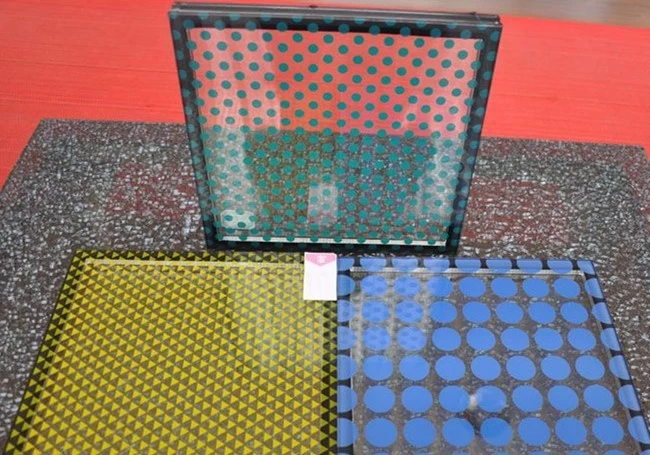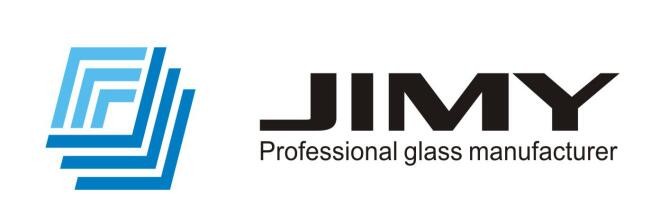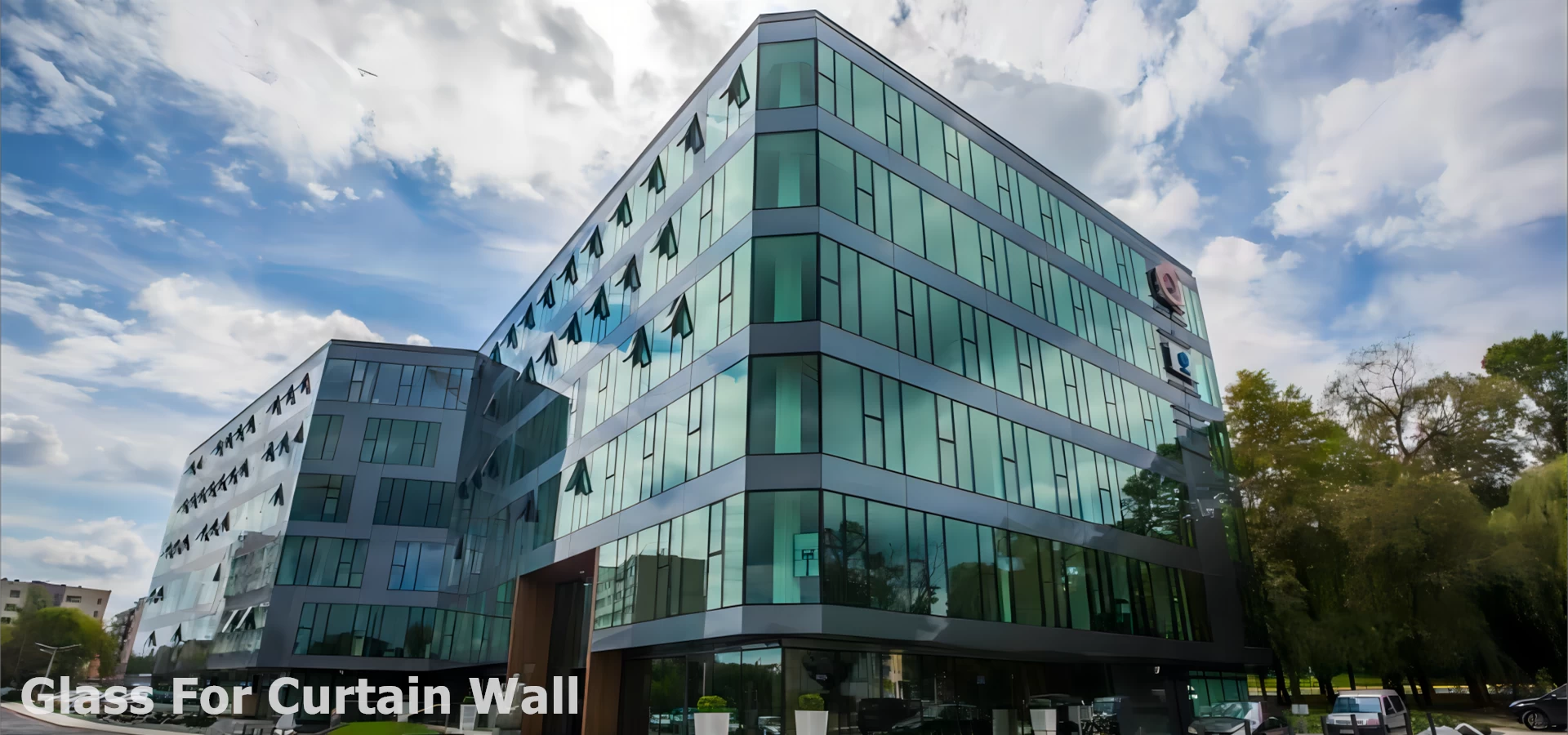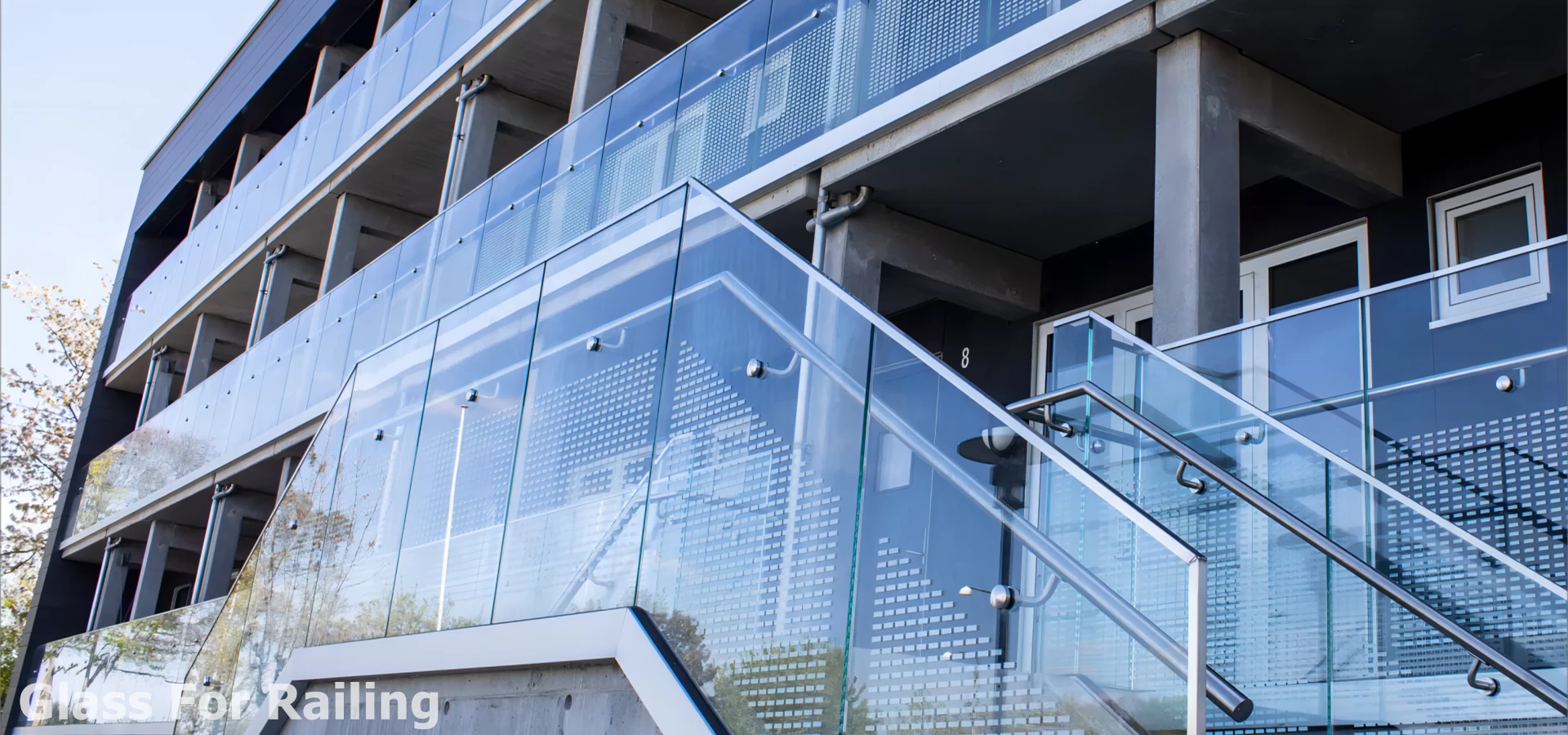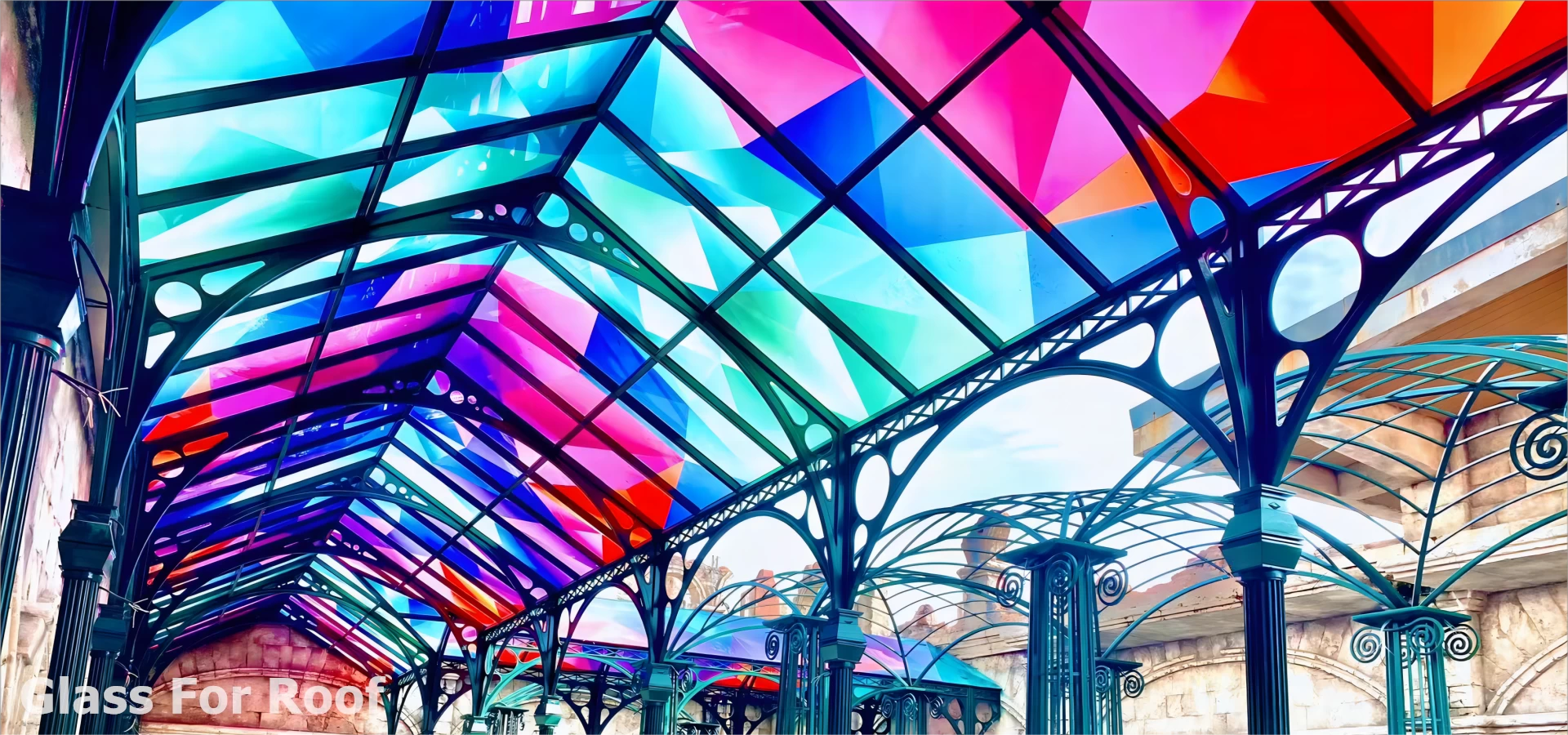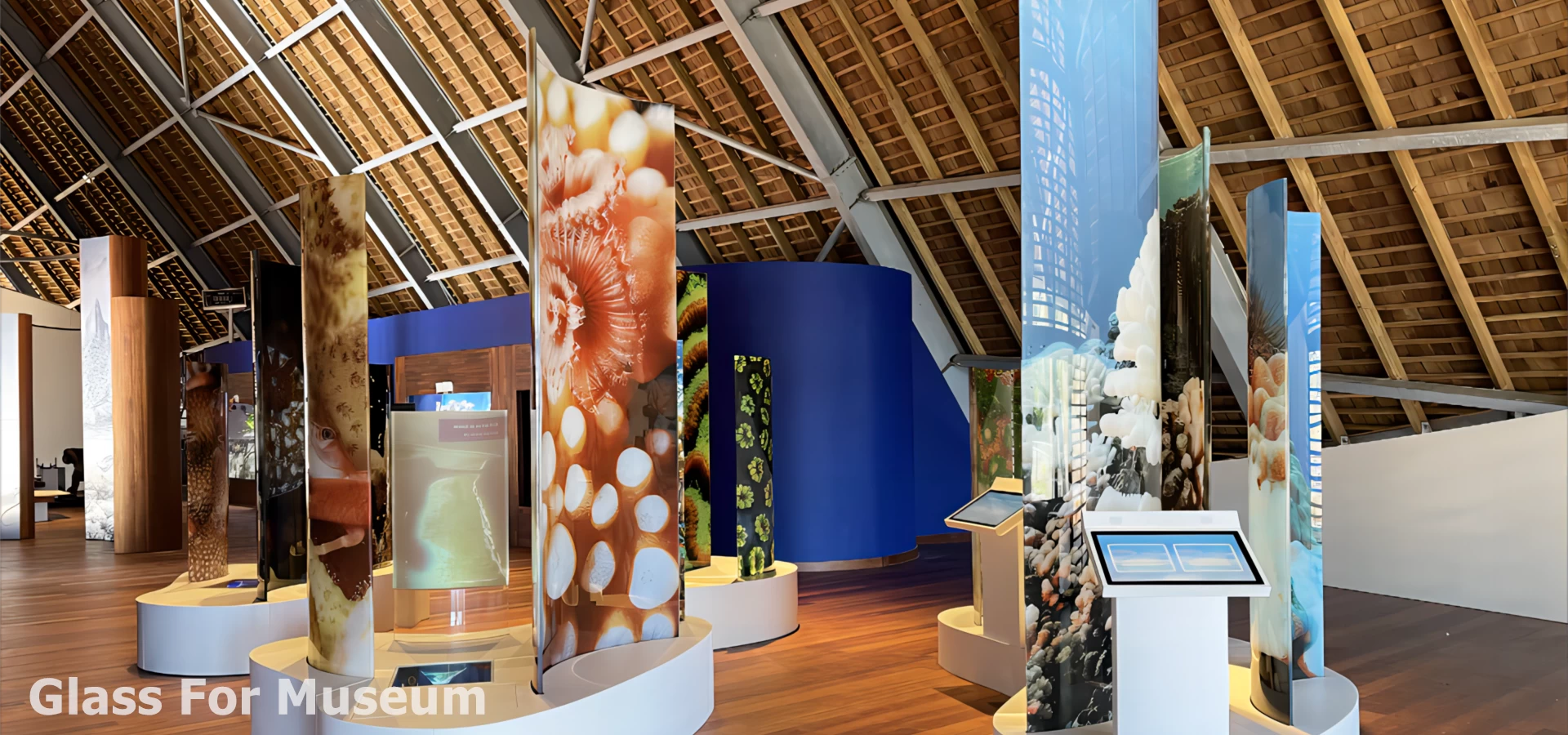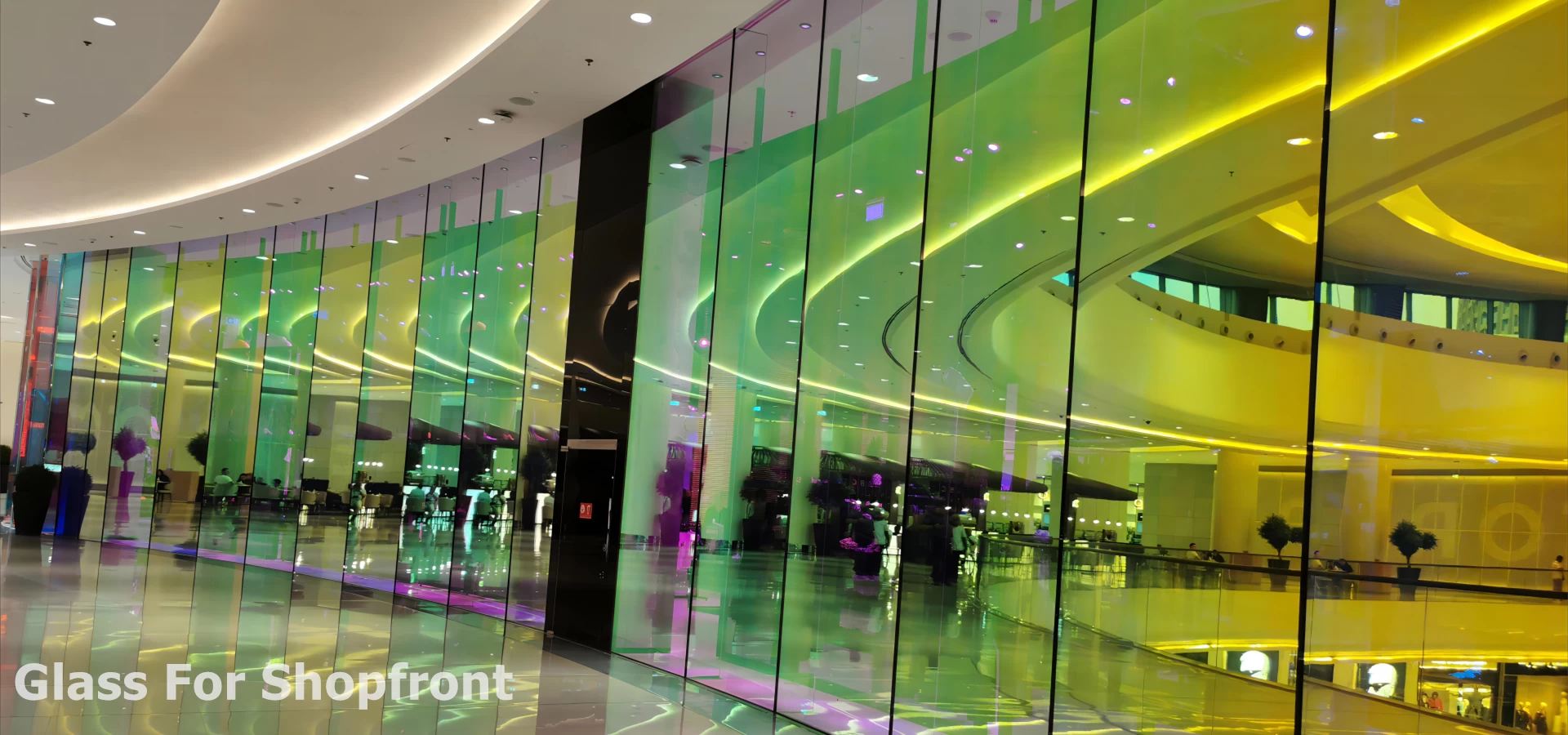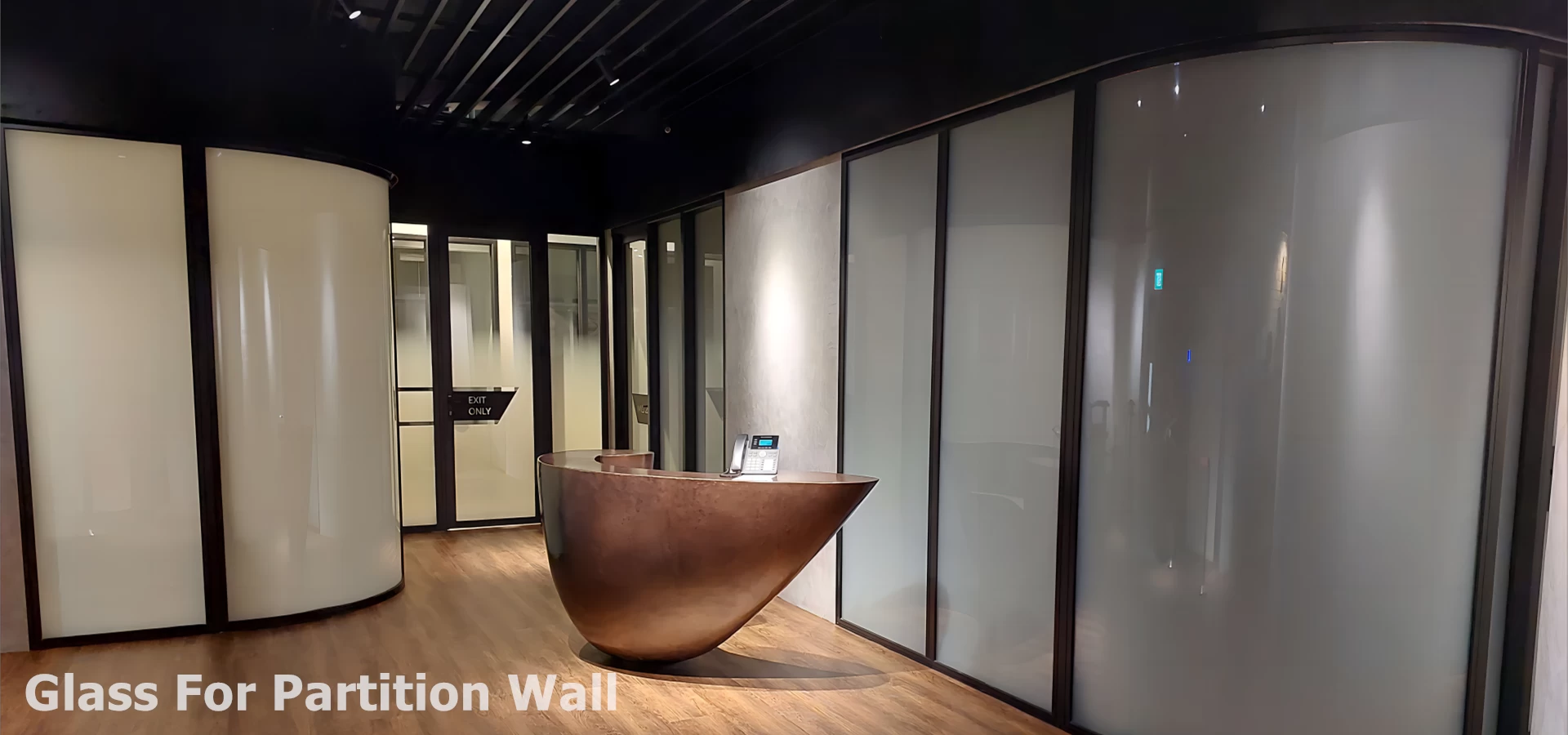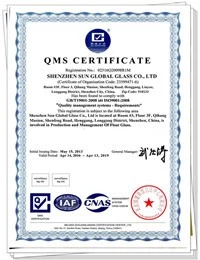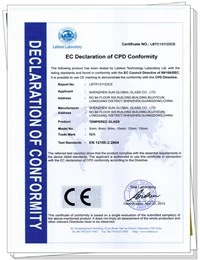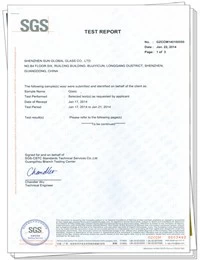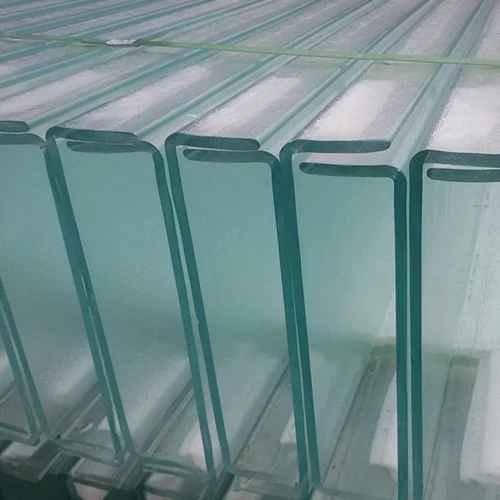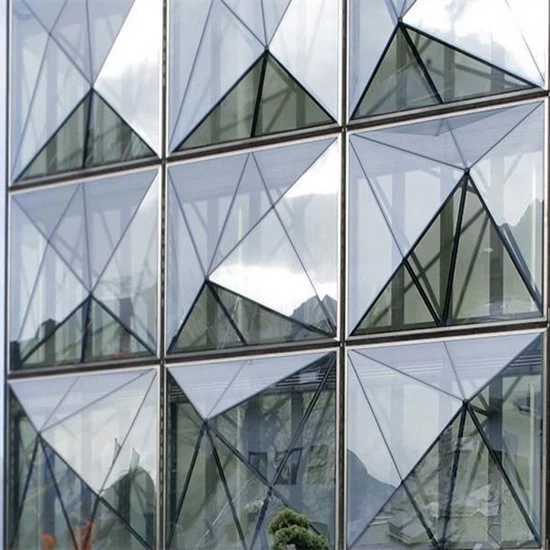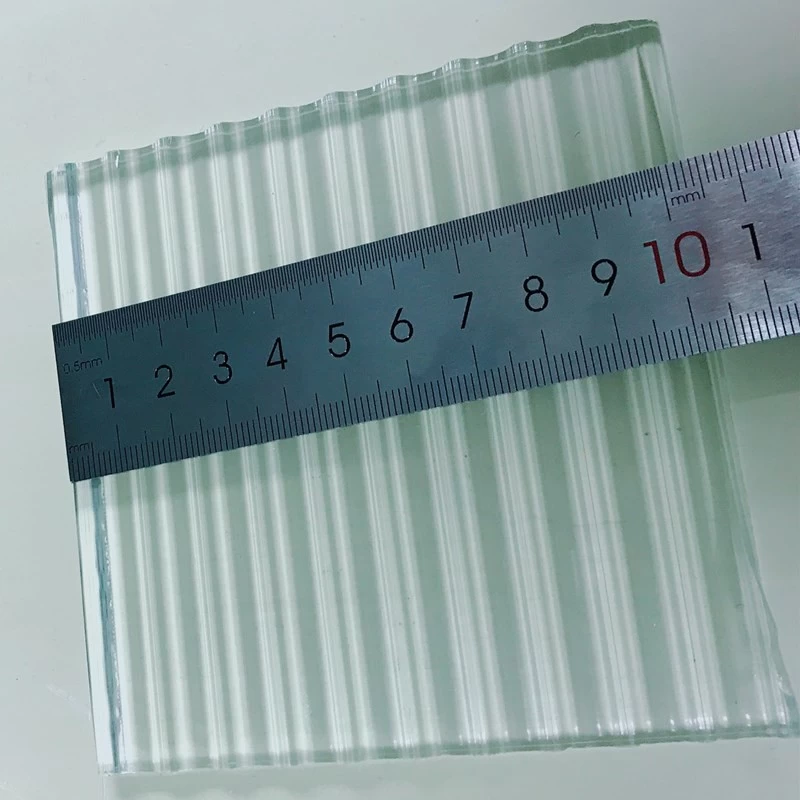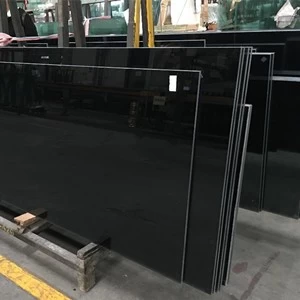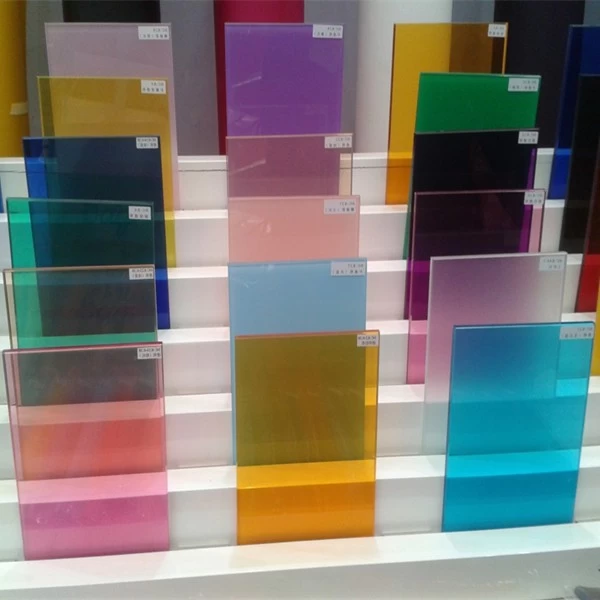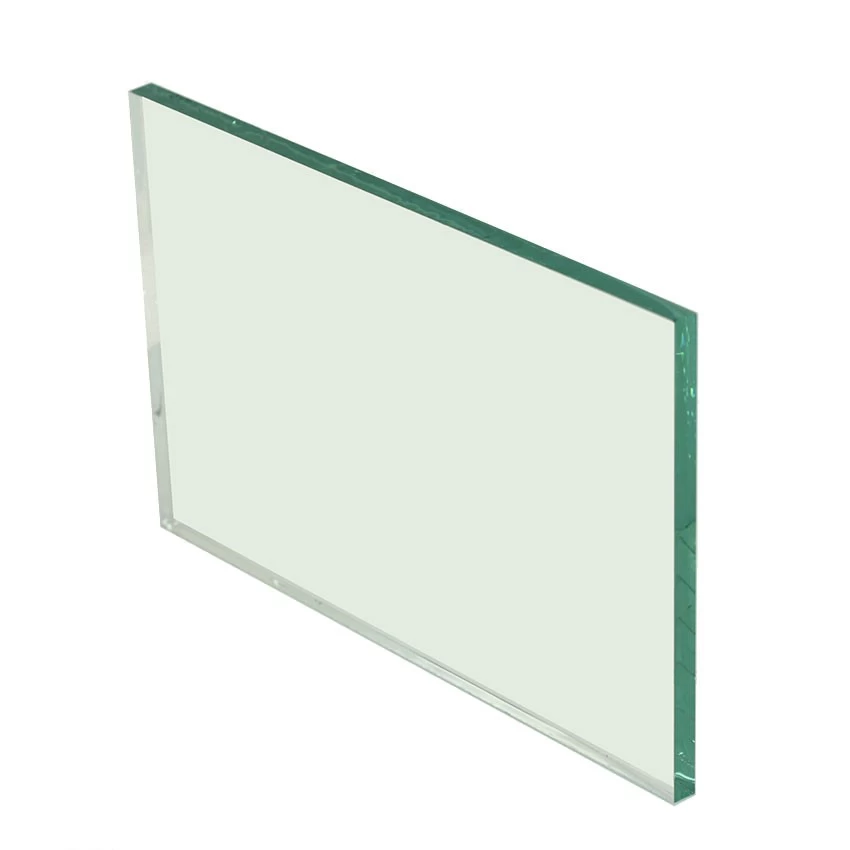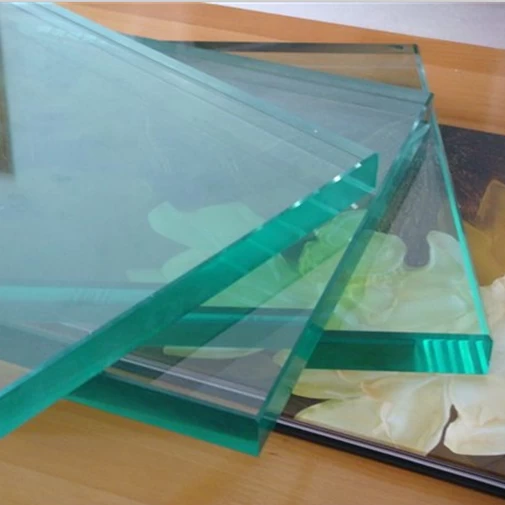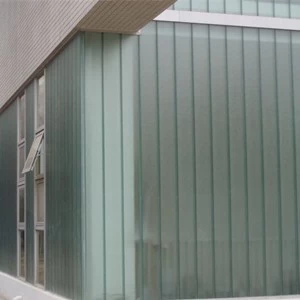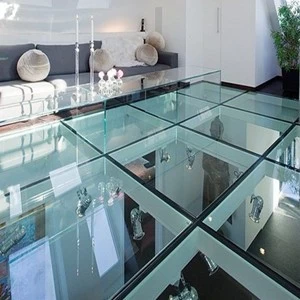Why is glazed glass suitable for construction?
Jimy glass
Original
2016-11-30 23:01:01
Ceramic Fritted Glass glaze is generally used in inorganic pigment and low melting glass, in the process of steel sintering, the glaze fused to the glass surface, so the color is stable, not fade, glaze layer is not easy to fall off with the building can be done with the same life.
Ceramic Fritted Glass can also be coated, laminated, composite hollow composite processing, in order to obtain other uses of special properties. So widely used in building decoration industry; furniture glass, electronic glass, etc. are often used in glaze process.
Comparison of high-temperature glaze, low-temperature glaze, silk screen
Ceramic Fritted Glass generally refers to high-temperature glaze glass, glazes need to be printed at 600-700 ℃ temperature sintering in the glass surface. The low-temperature glaze, also known as low-temperature ink, is the low-temperature printing ink to the glass surface after drying products, drying temperature is generally not more than 200 ℃.
Low-temperature glaze because it does not require high temperature, the pigment can use some organic pigment, so the color richer, more selective. But low-temperature glaze and glass adhesion glaze difference than high-temperature, mostly with a nail can be deducted, while color durability does not allow high-temperature glaze. Generally in the home appliances, electronic glass on the application of more.
Silk screen printing refers to the glaze means to the glass, high temperature glaze and low temperature glaze can be used silk screen process. Screen printing is generally relative to roller printing, roller printing is generally only full-page printing or regular patterns.
Contrast oily glaze, water-based glaze, lead-free glaze
In past,glazed glass used are oily glaze, the need to use oil-based paints and alkyd resin after the deployment of printing. Therefore, in the production of glazed glass in the VOC (volatile organic compounds) have on the operator and the environment has a certain impact.
In recent years, the rise of water-based glaze, water-based glaze that is replaced with oily water solvent and alkyd resin, making the glaze glass production process more healthy environment. But because of water as a solvent diffusion and adhesion significantly worse than the oil, so the production process requirements are higher.
The emergence of lead-free glaze is also the requirements of health and environmental protection, a lot of glaze in the early years in order to reduce the melting point of glaze, improve color saturation often in the glaze by adding lead glass or other leaded materials. In recent years, with the concept of environmental protection into the hearts of many glaze manufacturers introduced lead-free glaze, performance and lead-based glaze close to the basic.
Color Glaze Pattern and Visual Illusion
Architectural glaze glass commonly used polka dots, lines and other regular geometric patterns. The design of these good, can make the building and space to show a simple and generous style. But in some cases, the geometric pattern processing inadvertently there will be a visual illusion. All along, people in order to pursue the building of environmental protection, beauty and cultural harmony, a large number of decorative building industry in the application of stained glass. However, due to technology, production, material specificity, stained glass is not only expensive, but difficult to overcome the problem of fading. In order to popularize color glass, many glass enterprises at home and abroad are committed to its technology research.
Ceramic Fritted Glass can also be coated, laminated, composite hollow composite processing, in order to obtain other uses of special properties. So widely used in building decoration industry; furniture glass, electronic glass, etc. are often used in glaze process.
Comparison of high-temperature glaze, low-temperature glaze, silk screen
Ceramic Fritted Glass generally refers to high-temperature glaze glass, glazes need to be printed at 600-700 ℃ temperature sintering in the glass surface. The low-temperature glaze, also known as low-temperature ink, is the low-temperature printing ink to the glass surface after drying products, drying temperature is generally not more than 200 ℃.
Low-temperature glaze because it does not require high temperature, the pigment can use some organic pigment, so the color richer, more selective. But low-temperature glaze and glass adhesion glaze difference than high-temperature, mostly with a nail can be deducted, while color durability does not allow high-temperature glaze. Generally in the home appliances, electronic glass on the application of more.
Silk screen printing refers to the glaze means to the glass, high temperature glaze and low temperature glaze can be used silk screen process. Screen printing is generally relative to roller printing, roller printing is generally only full-page printing or regular patterns.
Contrast oily glaze, water-based glaze, lead-free glaze
In past,glazed glass used are oily glaze, the need to use oil-based paints and alkyd resin after the deployment of printing. Therefore, in the production of glazed glass in the VOC (volatile organic compounds) have on the operator and the environment has a certain impact.
In recent years, the rise of water-based glaze, water-based glaze that is replaced with oily water solvent and alkyd resin, making the glaze glass production process more healthy environment. But because of water as a solvent diffusion and adhesion significantly worse than the oil, so the production process requirements are higher.
The emergence of lead-free glaze is also the requirements of health and environmental protection, a lot of glaze in the early years in order to reduce the melting point of glaze, improve color saturation often in the glaze by adding lead glass or other leaded materials. In recent years, with the concept of environmental protection into the hearts of many glaze manufacturers introduced lead-free glaze, performance and lead-based glaze close to the basic.
Color Glaze Pattern and Visual Illusion
Architectural glaze glass commonly used polka dots, lines and other regular geometric patterns. The design of these good, can make the building and space to show a simple and generous style. But in some cases, the geometric pattern processing inadvertently there will be a visual illusion. All along, people in order to pursue the building of environmental protection, beauty and cultural harmony, a large number of decorative building industry in the application of stained glass. However, due to technology, production, material specificity, stained glass is not only expensive, but difficult to overcome the problem of fading. In order to popularize color glass, many glass enterprises at home and abroad are committed to its technology research.
